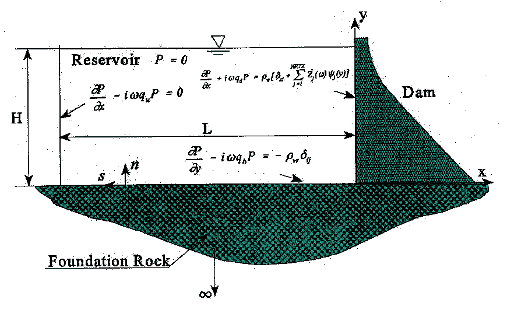SEISMIC DESIGN
BUILDINGS & BRIDGES
Seismic analysis and design of civil structures performs very sophisticated analysis, ranging from response spectral methods to non-linear time history or pushover analysis, incorporating soil-structure interaction, material non-linearity, geometric non-linear effects and boundary non-linearity.
The Research Unit of our PASOFAL EXPERTS has a long experience in analysis and design of structures in highly seismic regions, accounting for realistic soil conditions. Using advanced numerical tools, we perform state-of-the-art earthquake assessment of existing buildings, bridges, monuments and infrastructures, as well as state-of practice design of new structures. This includes:
- Seismic Design for New Structures
- Performance-based design of structures and infrastructures
- 2D-3D soil-foundation-structure interaction and topography effects
- Seismic assessment and retrofitting of structures
- Seismic assessment and mitigation design of monumental buildings
- Earthquake resistant design of foundations
- Seismic analysis of multi degrees of freedom structures
- Code procedures for earthquake resistant structures
- Seismic design of steel buildings and reinforced concrete structures
- Constructability Review
- Independent Design Check
- Peer Review
- Development of performance and design criteria
Analysis and design of:
- Arch bridges
- Beam bridges
- Truss bridges
- Cantilever bridges
- Tied arch bridges
- Suspension bridges
- Cable-stayed bridges
Highlights of our well-qualified researches on seismic analysis of structures are listed in our PUBLICATIONS page.
DAMS
There is a growing worldwide interest in building new dams including arc dams, concrete gravity dams and RCC dams due to increasing demands on water supply, irrigation and clean hydropower energy. The safety of dams and their potential risks to their downstream region, particularly in seismically active areas, are serious concerns for governments, private owners of dams and affected communities. The hydrodynamic load of the reservoir subjected to ground motion can increase to the magnitudes that are comparable to hydrostatic load behind the dam and therefore, jeopardize the structural safety of the dam. A thorough understanding of the effects of reservoir boundary conditions on the magnitude of reservoir hydrodynamic load is essential for a safe and economical design of concrete dams in geographical areas with high seismic risk. The research works of FSE’s experts have addressed the quantitative evaluation of the effects of reservoir size and boundary conditions (including the effects of sediments) on hydrodynamic pressure in the reservoir and seismic response of concrete dams (see our publications page).



